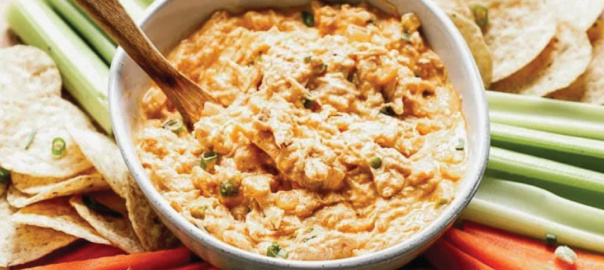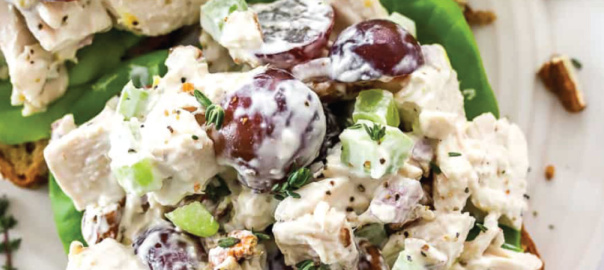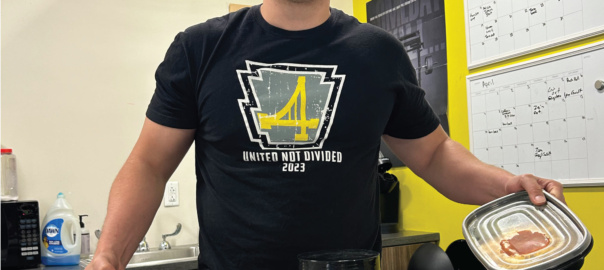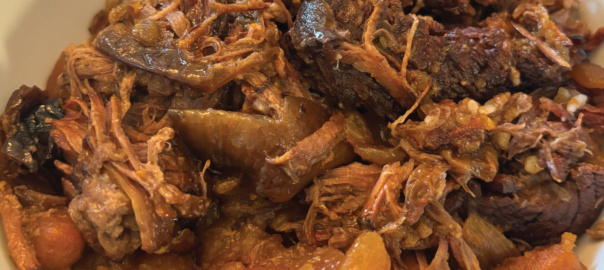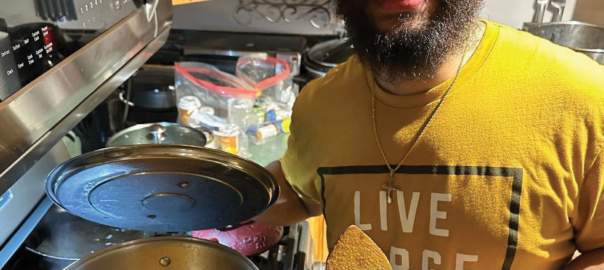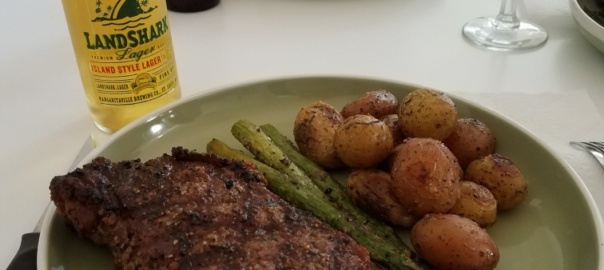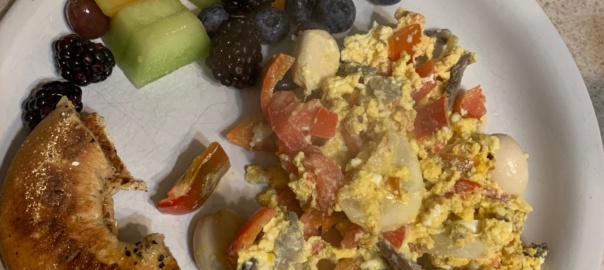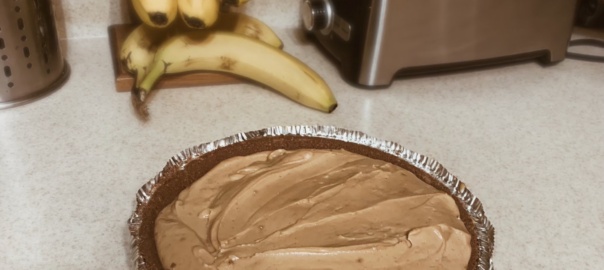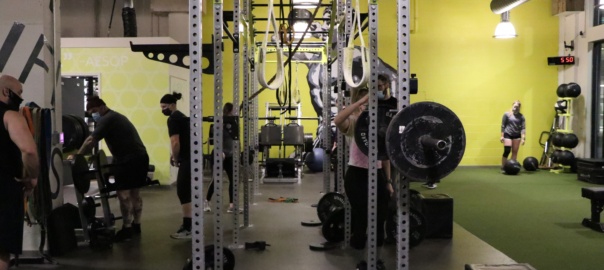Recipe of the Month: Healthy Buffalo Chicken Dip for Game Day
Now that football season is back in full swing, it’s time to bring out the game-day recipes! One staple that never disappoints is buffalo chicken dip.
But if you’re looking for a lighter, more macro-friendly version without sacrificing flavor, this is my go-to recipe. It’s creamy, a little spicy, packed with protein, and just as delicious as the classic! Perfect for fueling up while cheering on your team!
Ingredients:
- 1 1/2 lbs boneless skinless chicken breast raw
- 1/2 cup Frank’s Red Hot Sauce
- 8 oz 1/3 less fat cream cheese cubed
- 1/2 cup non-fat plain Greek yogurt
- 1 cup sharp cheddar cheese shredded, 112g
- 1 cup low-moisture part-skim mozzarella cheese shredded, 112g
- 4 green onions chopped
- 1 tsp. garlic powder
- 1 tsp. Salt
Directions:
- Add the raw chicken to a pot. Cover the chicken with water and set to boil for 15-20 minutes until the chicken is fully cooked through and no longer pink with an internal temperature of 165 degrees Fahrenheit.
- Remove the chicken from the water and shred with 2 forks or with a hand mixer in a bowl (my preferred method).
- Add the shredded chicken, hot sauce, cream cheese, greek yogurt, shredded cheeses, green onions, garlic powder and salt to the crock pot. Stir together to slightly mix and set on low for 1.5 hours. Stir around the 1 hour mark to ensure even cooking.
- Once done, give the buffalo chicken dip a good mix until evenly combined throughout.
- Serve with chopped pita, crackers, chips or veggies. I recommend Siete brand tortilla chips if you’re looking for an ingredient friendly option.
Notes:
- Yields approximately 10 servings.
- You can sub chicken for canned or pre-cooked rotisserie. Whatever works for you!
- You can also use any brand of hot-sauce. I just prefer Frank’s!
